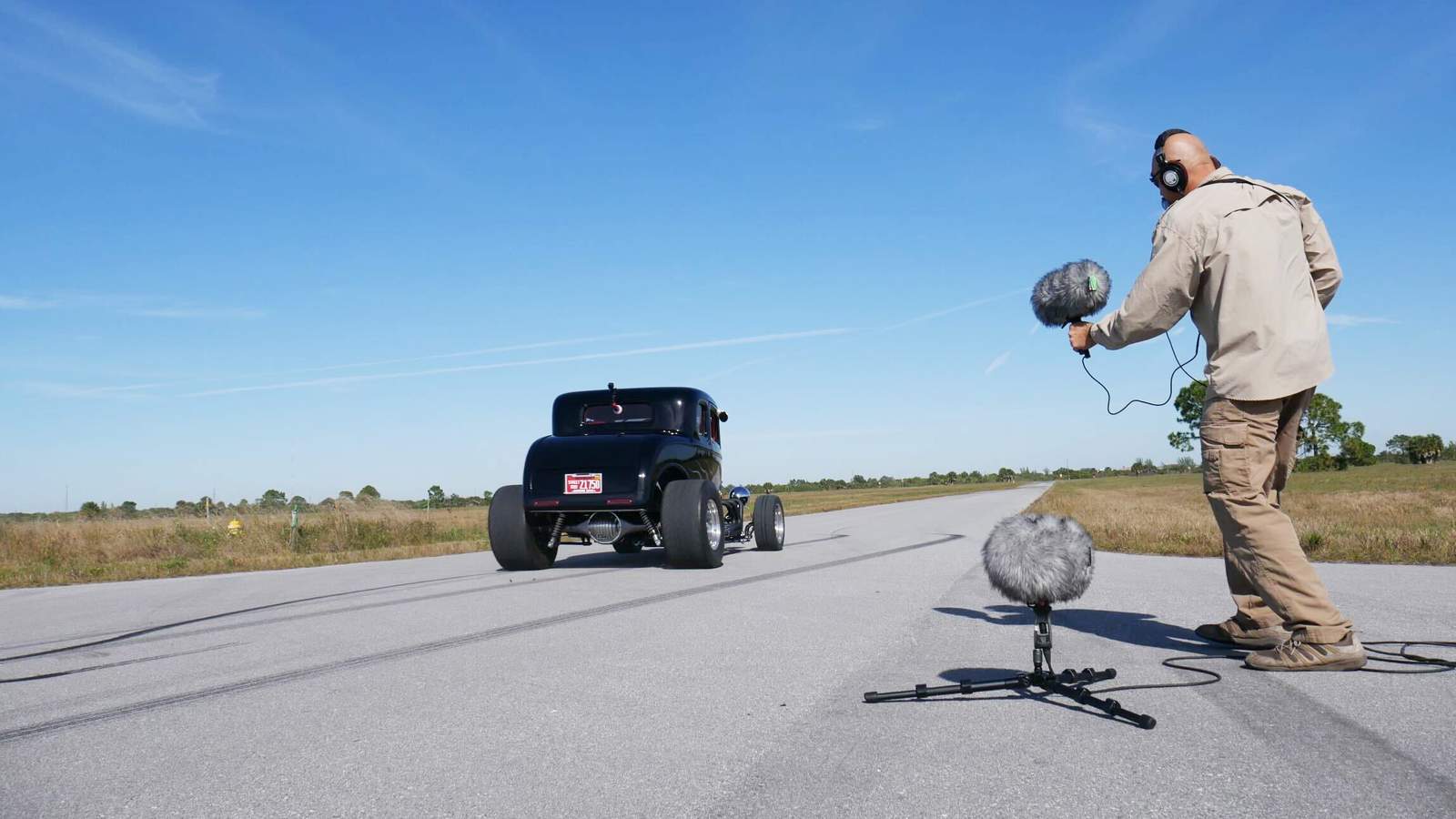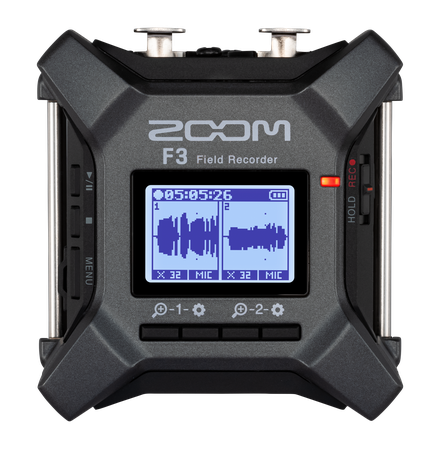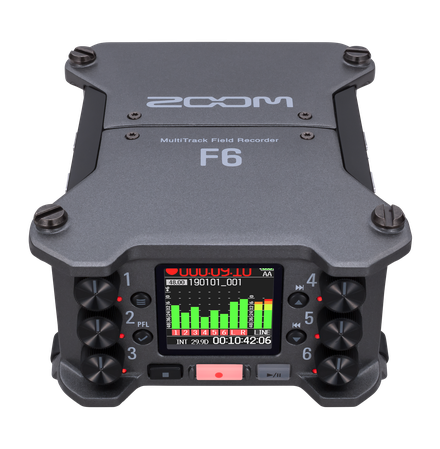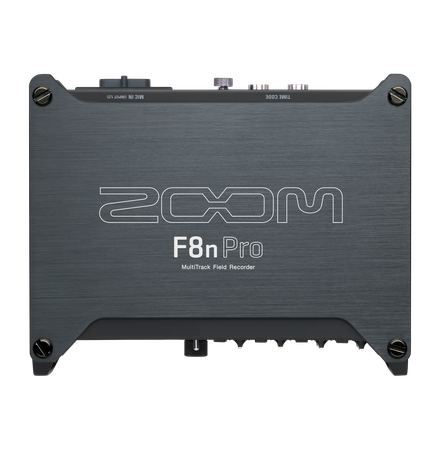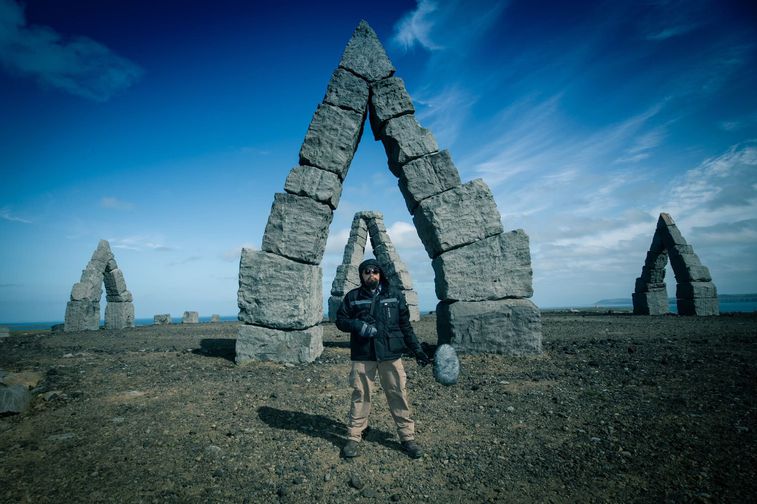
Photo Credits: Jesse James Allen
Overview
Sound designer and sound effects recording artist, Watson Wu, has been creating and capturing audio content for various entertainment formats since 2001. A master creator of dynamic and premium sound for film, television, commercials and video games, some of Watson’s credits include — Baby Driver, Fortnite, Call of Duty and Madden. He is also known for his incredibly detailed sound effects libraries which have appeared in media worldwide and are comprised of a wide range of weapons, vehicles, aircrafts, watercraft, crowds, animals and ambience. Watson recently took the time to talk to us about how he built a career in the world of sound design, the importance of patience in getting it right, and how Zoom helps him achieve his goals.
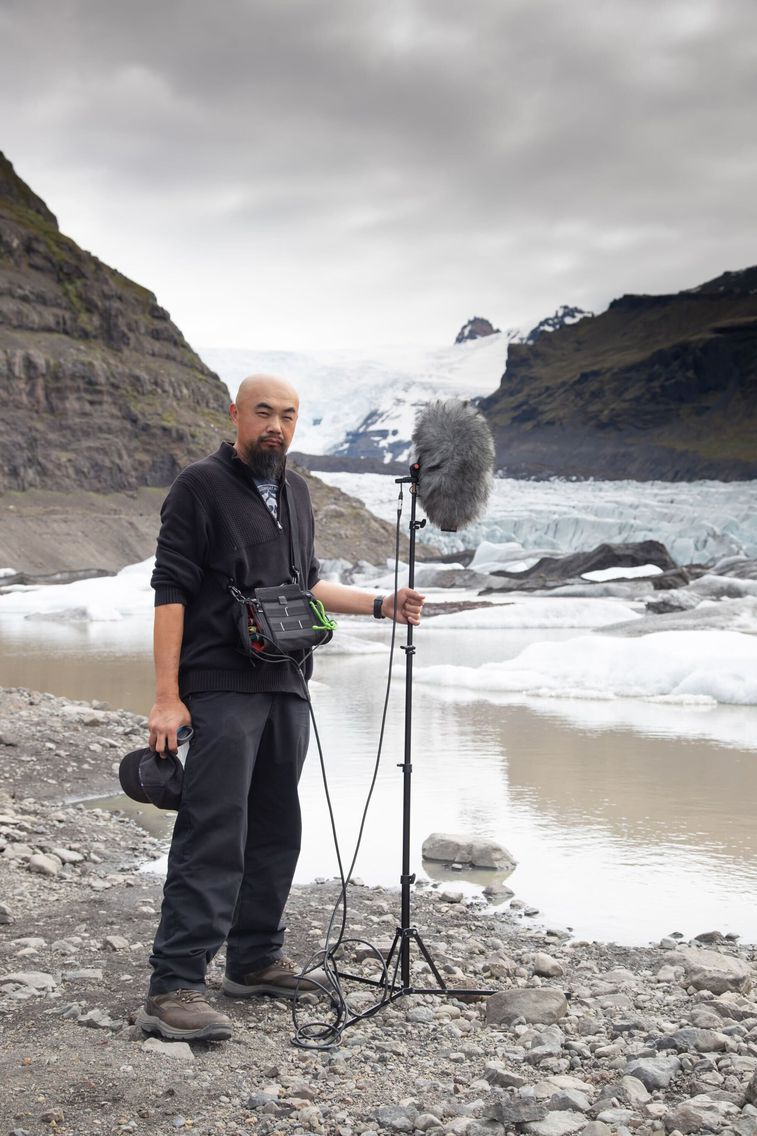
Photo Credits: Jesse James Allen
How did you first get involved with sound design?
I was composing music for a video game shortly after college and my customer asked me if I could do sound design as well. I tried it and really liked it, I fell in love with designing and recording my own sounds. Back then, you could buy CD's of pre-recorded sound effects, but they usually were not of good quality. I figured it was better to get out there with my own mics, placing them exactly how I wanted to record the exact sounds.
I always liked games when I was a child. My father had an arcade, I guess the sound effects were music to my ears.
I read this book about how to get in and what they do. It’s called “The Complete Guide to Game Audio” by Aaron Marks. I read the first edition. I became friends with Aaron, and we’ve worked together on many projects since then.
From there, I started attending conferences with the game makers, developers and publishers. Through meeting other audio coders and sound designers, I started getting freelance work. It’s mainly from attending these conferences that I met the right people to start my network.
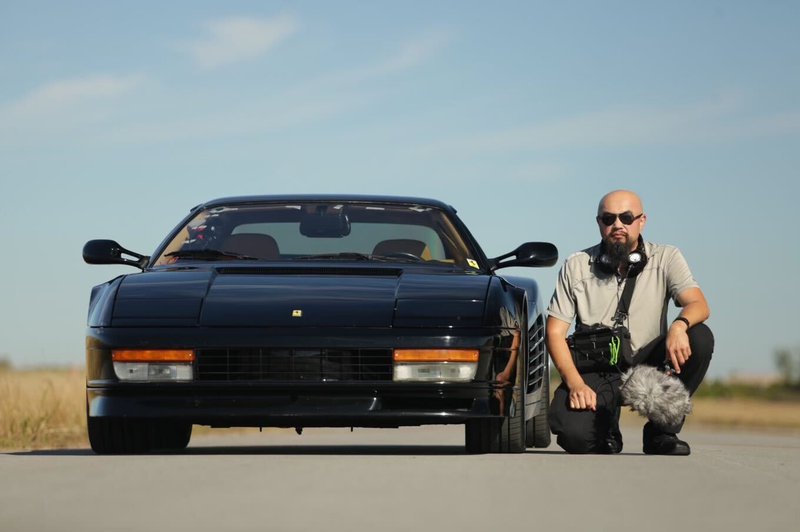
Photo Credits: Chad Dion
What are some of the most memorable projects of your career so far?
Way back, I loved Transformers. When I was asked to work on a Transformers game, it was a dream come true. Transformers was a huge game that I really enjoyed working on, along with the people that I worked with. Since then, I’ve worked on different projects with some of those same people which has been fantastic.
I’ve experimented a lot with recording the sounds of cars. When you play as the driver in a game like Need For Speed, you’re driving a virtual car. You need all the sounds; the startup, the idle, driving up through the RPMs in speed, shifting gears, etc. So I’ve learned to put microphones all over the car—in the engine compartment, by the exhaust, in the cabin. This full range of car sounds fills out a realistic experience from the driver’s point of view.
The Baby Driver movie was also a really good one to work on, and that led to my work on a Mercedes AMG commercial. They said they wanted the guy that recorded the sounds for Baby Driver to work on this project -- That was networking. Your work shows what you can do, so it all goes together.
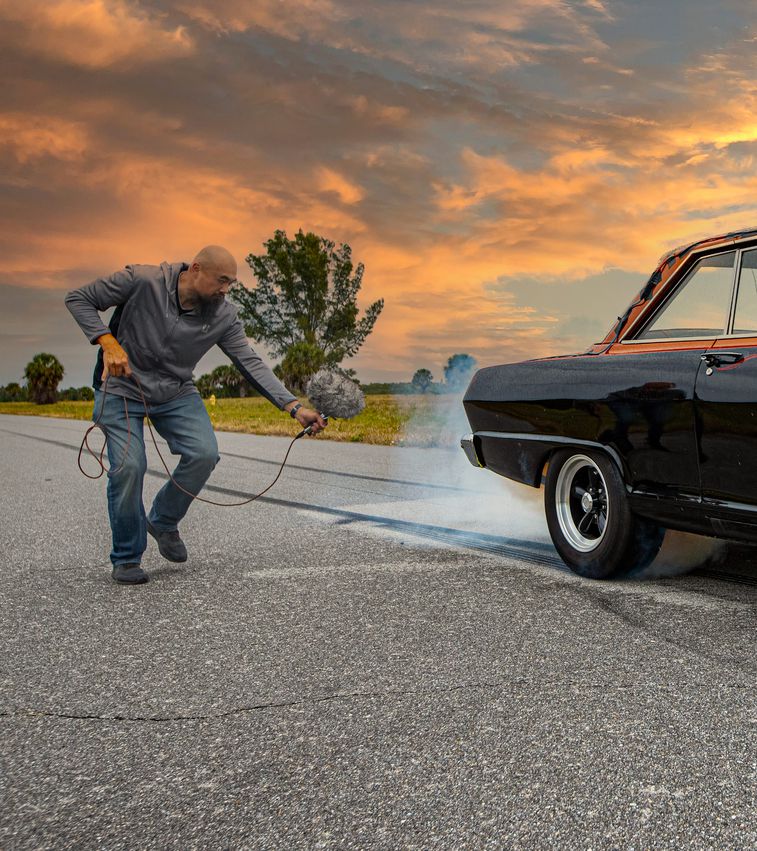
What is the difference between recording sounds for a movie or commercial and recording sounds for a video game?
To me, it’s pretty much the same approach. It’s about getting the best possible clean sounds. The difference is that movies are linear. You need A, then B, then C. But games are interactive. As the player, if you go left, maybe the road is rougher. If you go right, maybe it’s much smoother. With games, you have to create a lot more in terms of the possibilities of sounds that a player can encounter.
If it’s a racing game, if the driver messes up and goes off the road, we need sounds of the car going over the rough terrain -- The sound of the grass, the sound of the gravel. The sound helps the driver correct himself or herself. We need all those sounds.
In Baby Driver, there’s a scene where the stuntman is driving towards the garage and does a 90-degree slide. Recording that was a challenge. We had to do it again and again until it sounded how I thought it should. We did the same take, with the car driving toward the guy holding the microphone. And, we obviously wanted to be safe so we didn’t want the car to slide too close to him. We had to do that a number of times until we got it right.
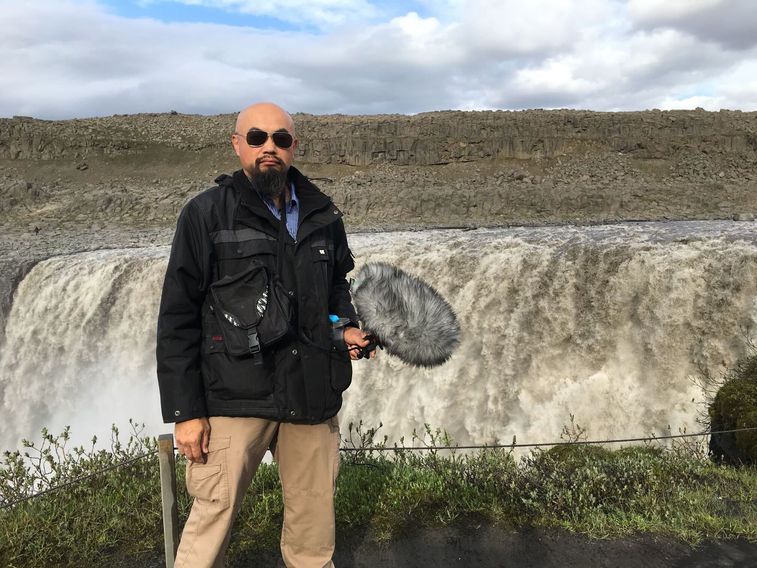
Photo Credits: Jesse James Allen
What are some of the more unusual or challenging assignments that you’ve undertaken?
I’ve had to record that insect noise that we all hate from cicadas. Cicadas ruin a lot of filming in the summer. You’re trying to record two people doing dialogue outside, but the cicada noise is louder than the people.
Another time, I was hired to record the sounds of a really big naval ship. We needed a clean start up, idle and shut down sounds of the ship’s engine. You have to be very silent to get the pure shutdown sound. It tests your patience. I got seasick; the water was choppy and I set up my monitoring station too close to the engine room. I was smelling diesel fumes. As soon as I hit record, I ran outside and puked. But, I got through it because I didn’t want to do it again. Don’t put your recorder next to an engine room.
What tips do you have for someone just getting into field recording?
Get a nice windshield kit to put the microphone in. All that wind noise sounds horrible. A good kit will allow you to record outside and get that pure sound. It also minimizes the noise associated with handling the mic too. I also recommend investing in a good pair of headphones.
Don’t be afraid to record loud. You’ll see on the recorder when it’s red, letting you know that it’s too loud, then you can back off. The newer recorders have nice preamps and limiters, they can record into the red and it still sounds good. It’s about how it sounds versus what you see on the recorder. Don’t worry about the lights. Use your ears.
How do you know when you get the right take?
Some people ask why it costs so much and why it takes so much time. To get that one gunshot sound, which might only be two seconds long, still takes all day to prepare. You have to lay out the cables and position the mics—to find the right placement. It may seem simple, but it takes a lot of work to get that great two-second sound. We need multiple takes. This sound design world is a pain, but it’s worth it for great sounds.
And with experience, you know the right sound when you hear it. It’s hard to understand until you’ve done it enough times. Eventually you just know when it’s right. And it takes experience to capture the right sounds in a timely manner.
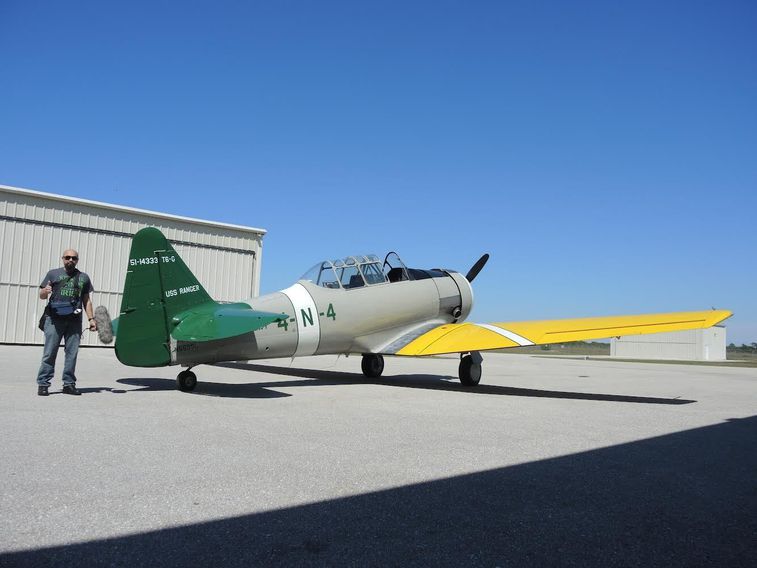
Any recent or upcoming projects you’ve worked on that you’re excited to share?
I’ve worked on a couple of really cool games that I can’t talk about yet, but they’re going to be exciting when they’re released. I worked on a new Lion King movie that’s coming out in 2024, directed by Barry Jenkins with Onnalee Blank as Supervising Sound Editor. I was hired to track down and record various African animals. It takes a lot of patience to record these animals, you never know when they’re going to vocalize, so you need to be recording all the time.
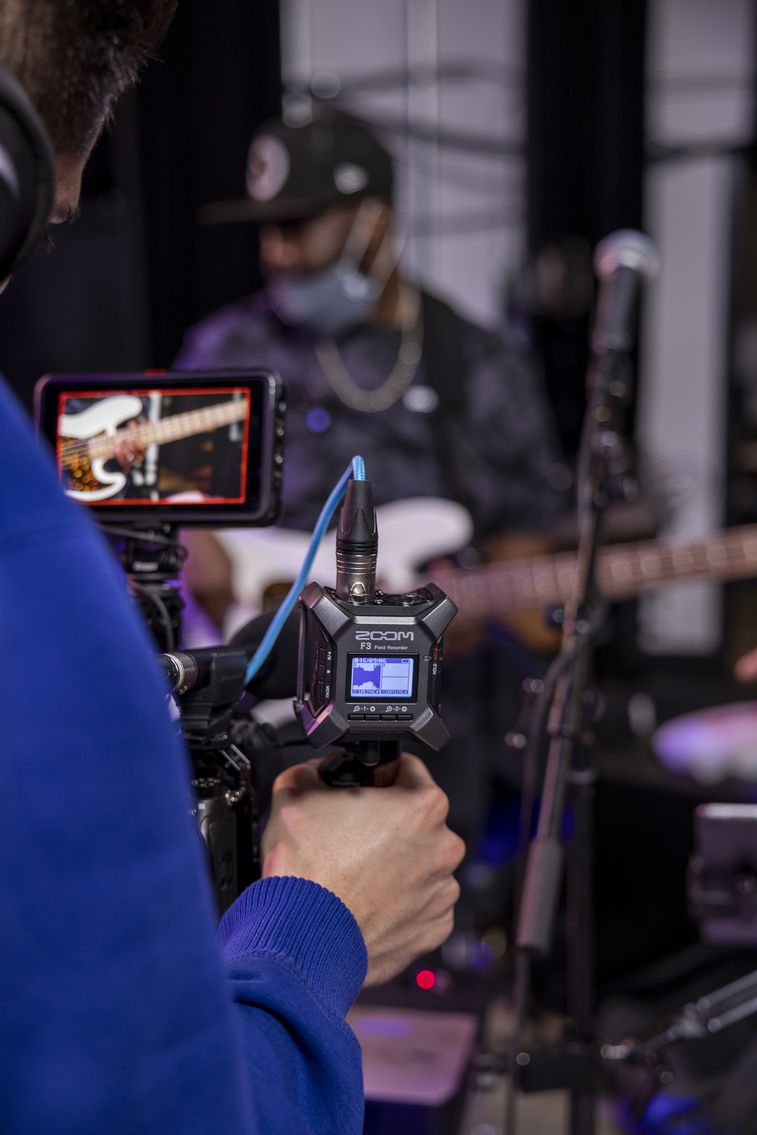
Zoom F3 Field Recorder
What Zoom products do you use in the field? How does Zoom help you achieve your creative goals?
I used the F3, the F6 and the F8n Pro field recorders to capture all of the animal sounds for the previously mentioned Lion King movie. I also just released a dirt bike sound effects library that I recorded with the F6 Field Recorder. I love the F6 for its portability—I can put it in a backpack on the dirt bike rider, with three microphones attached to the motorcycle to record the engine, the exhaust and the midsection.
Zoom is a great company. I’ve seen their gear improve over the years. They keep making things that are just better and better, the quality that you can get for the cost is just incredible. For example, look at the F8n Pro—how can a unit that records eight microphones at 32-bit / 192 kHz be so affordable? They push the boundaries of features without sacrificing any quality. I’m blown away by the way they listen to their customers to continue to make improvements in different versions of their products.
Zoom doesn’t just do one thing. What they put out helps us focus on our art while sounding great without having to worry about the technology. That’s the beauty of Zoom.
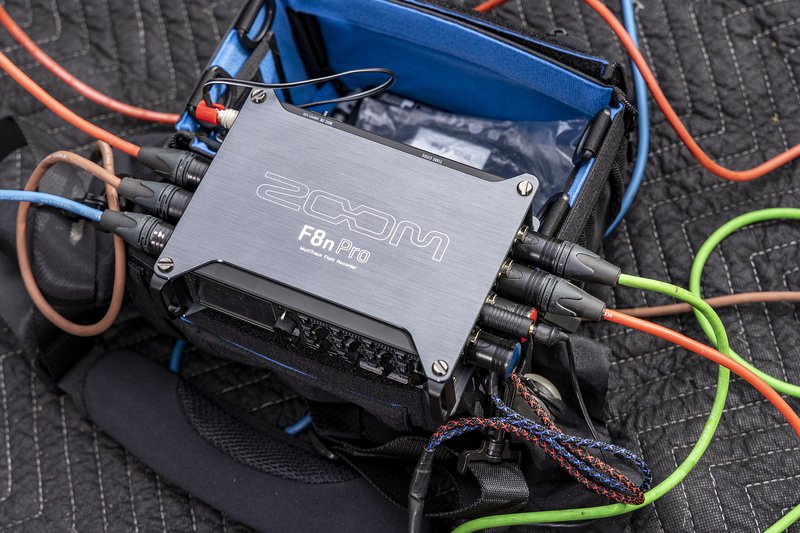
Zoom F8n Pro
